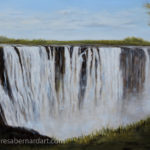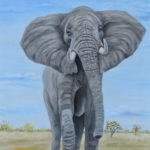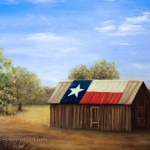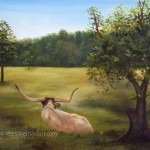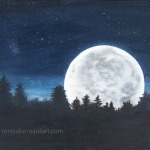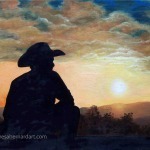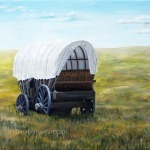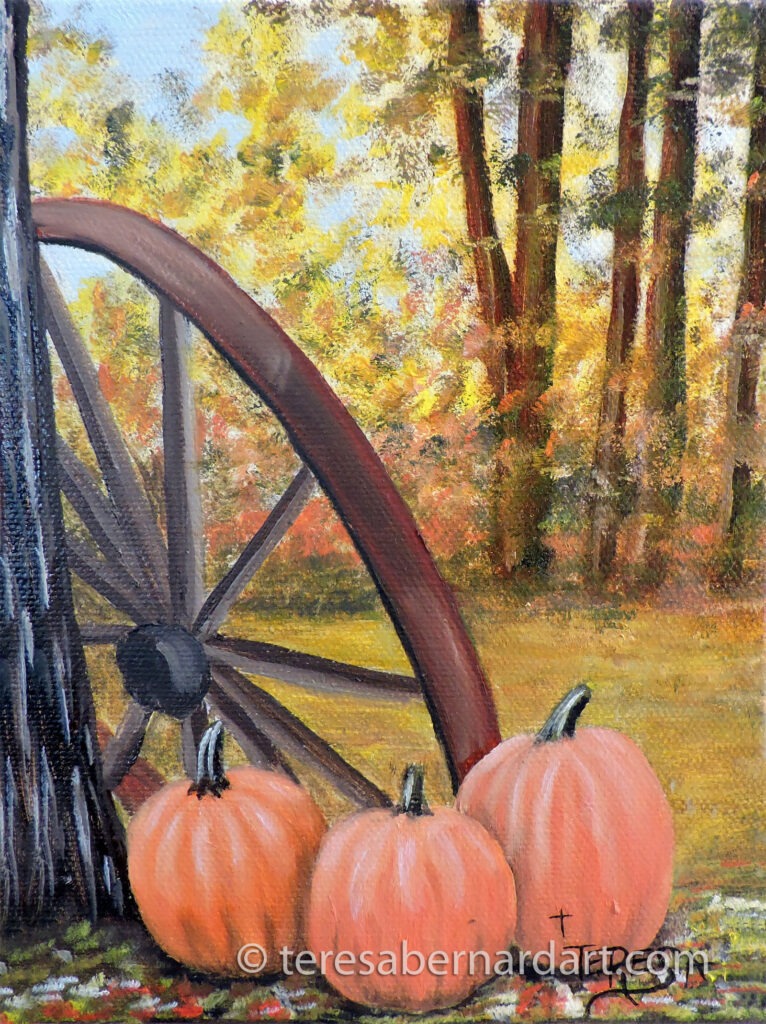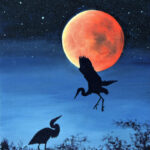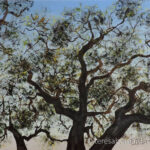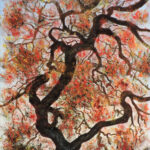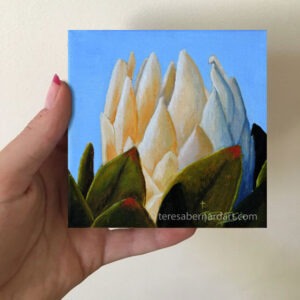 Featuring a Line of Small Oil Paintings
Featuring a Line of Small Oil Paintings
I am pleased to bring your attention to a line of small gallery-quality oil paintings. These little paintings are available in a diverse variety of themes and are small enough to fit in tight spaces.
When it comes to art, size doesn’t always matter. Small paintings can have a big impact, especially in compact living spaces. They can be proudly displayed anywhere space is cramped, like hallways, stairways, bookshelves, or even ledges. Dress up confined areas such as dorm rooms, offices, and work cubicles. Or even on the walls of your tiny house, RV, or houseboat. These small 6×6-inch or 6×8-inch works of art on premium gallery-wrap stretched canvas are designed to fit anywhere there is a limited amount of wall space you want to decorate or spruce up.
Small Oil Paintings on Canvas
Flowers
Click or tap on the thumbnail link for more information and to purchase.
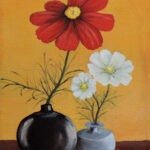
6″ w x 8″ h
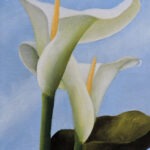
6″ w x 8″ h
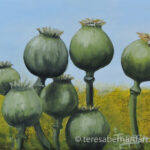
(2022)
8″ w x 6″ h
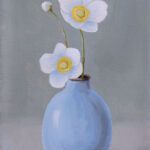
6″ w x 8″ h
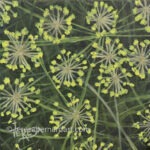
6″ w x 6″ h
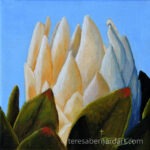
6″ w x 6″ h
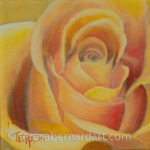
6″ w x 6″ h
Landscapes
Click or tap on the thumbnail link for more information and to purchase.
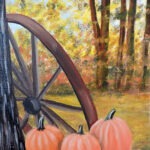
6″ w x 8″ h
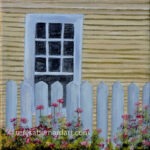
6″ w x 6″ h
Marine

(2022)
6″ w x 8″ h
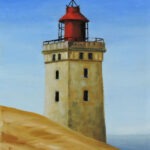
6″ w x 8″ h

6″ w x 6″ h
People
Click or tap on the thumbnail link for more information and to purchase.
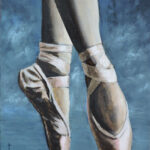
6″ w x 8″ h
Space Art
Click or tap on the thumbnail link for more information and to purchase.

(2021)
6″ w x 6″ h
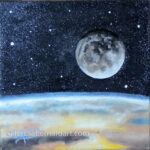
6″ w x 6″ h

6″ w x 6″ h
Still Life
Click or tap on the thumbnail link for more information and to purchase.
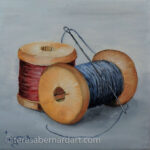
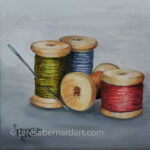
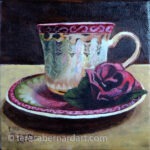
6″ w x 6″ h
Wildlife
Click or tap on the thumbnail link for more information and to purchase.

6″ w x 6″ h
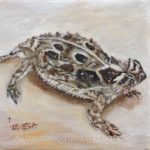
6″ w x 6″ h

(2021)
6″ w x 6″ h
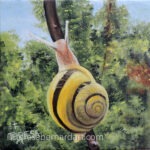
6″ w x 6″ h

6″ w x 6″ h
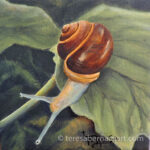
6″ w x 6″ h
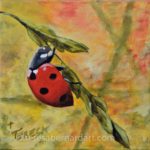
6″ w x 6″ h
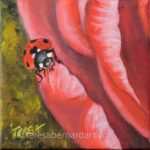
Art Gallery Quick Links
Flowers | Landscapes | Marine | People
Space Art | Still Life | Wildlife
Additional Reading
Affordable Oil Paintings on Canvas
Oversized Paintings — Unveiling Hidden Treasures
More information about this topic and many others can be found in My Artist Blog Index. Check it out!
Have a question?
If you have a question about this press release, please contact us, and we’ll be happy to answer any of your questions.
Thanks for reading this!
Feel free to share this with your friends.
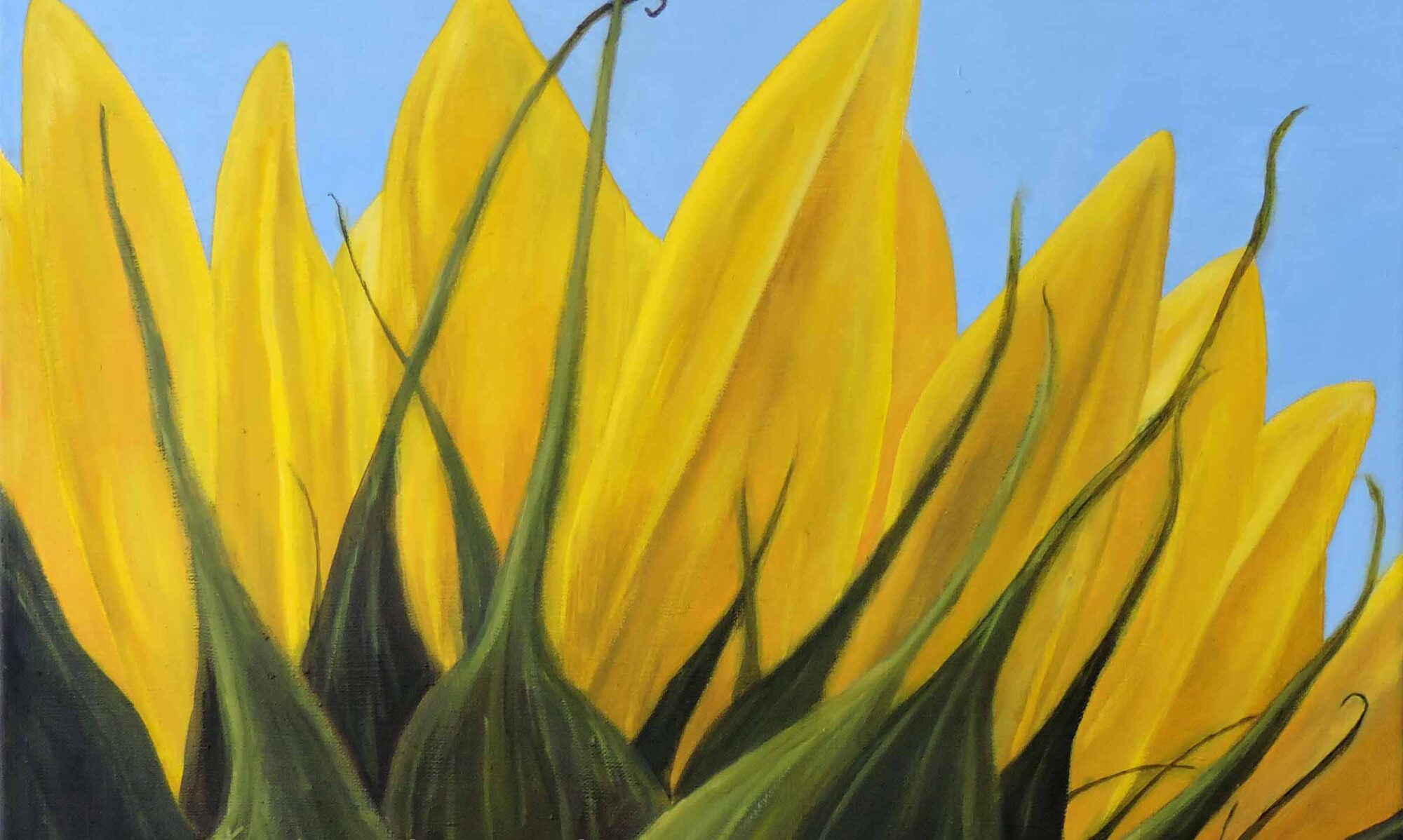

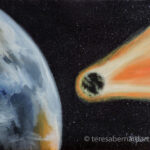

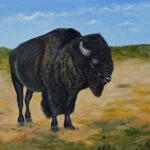
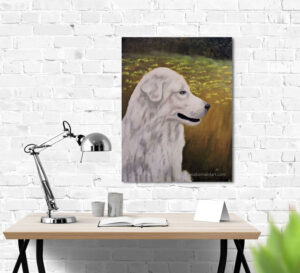
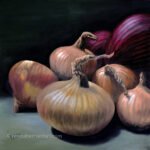
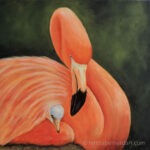
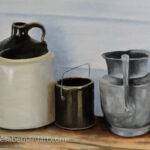

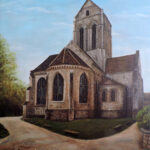


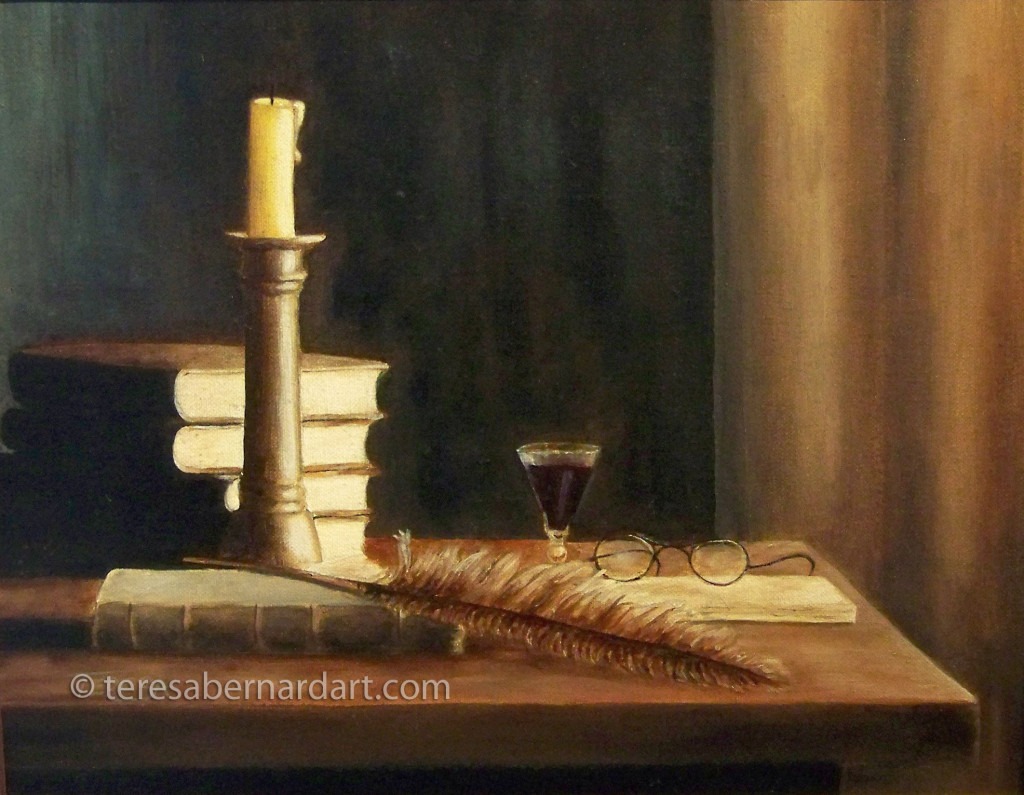
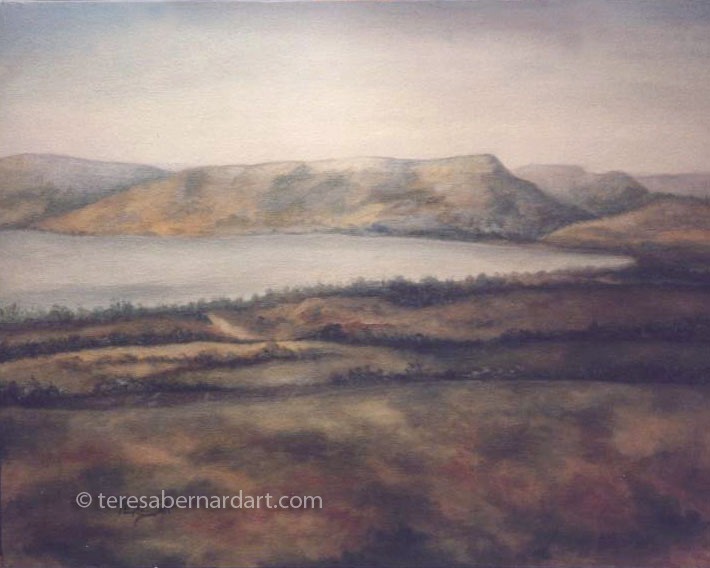
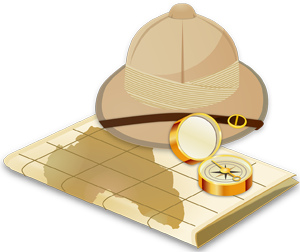 Exploring the Vibrant Heart of Africa on Canvas
Exploring the Vibrant Heart of Africa on Canvas




